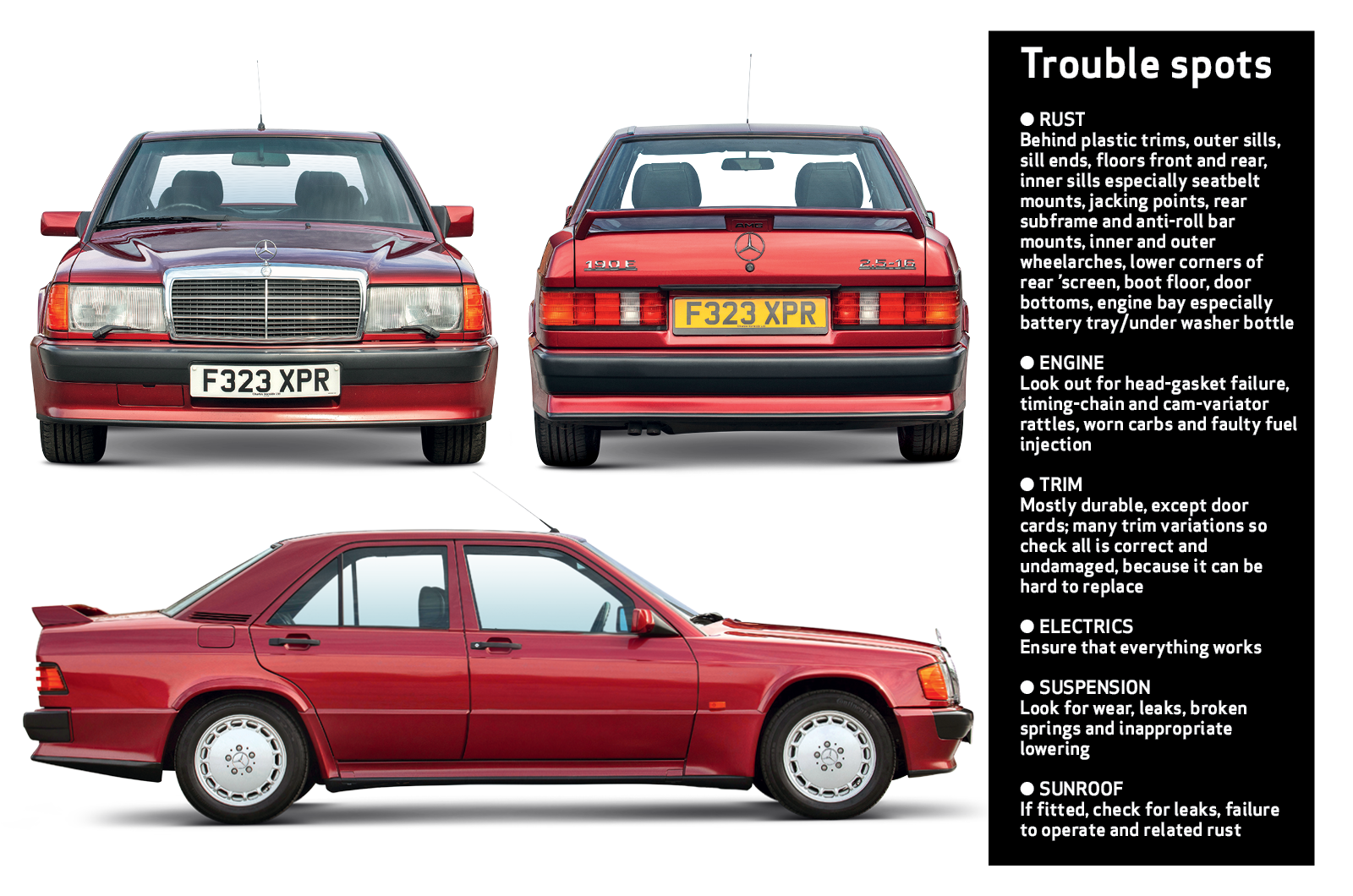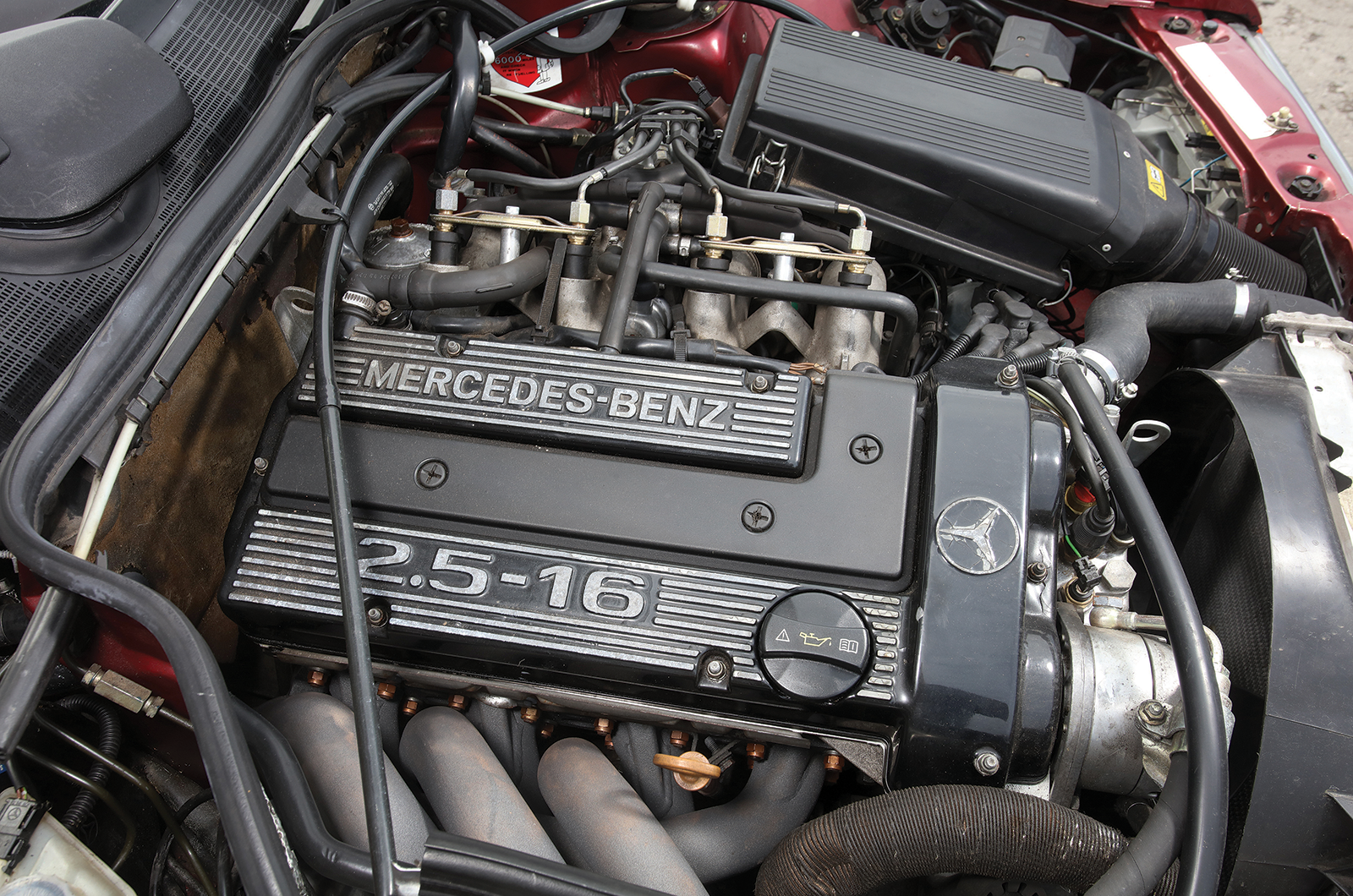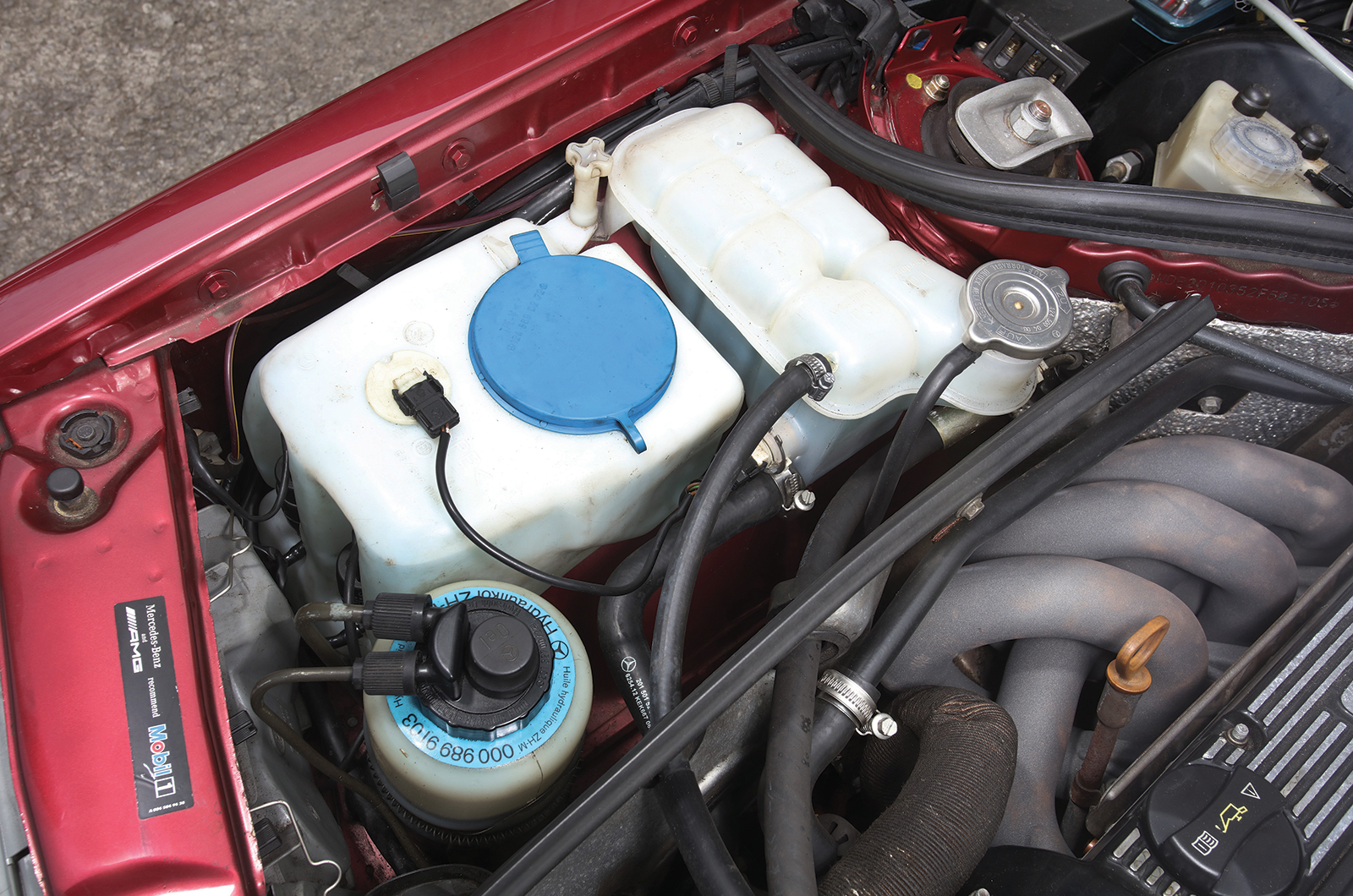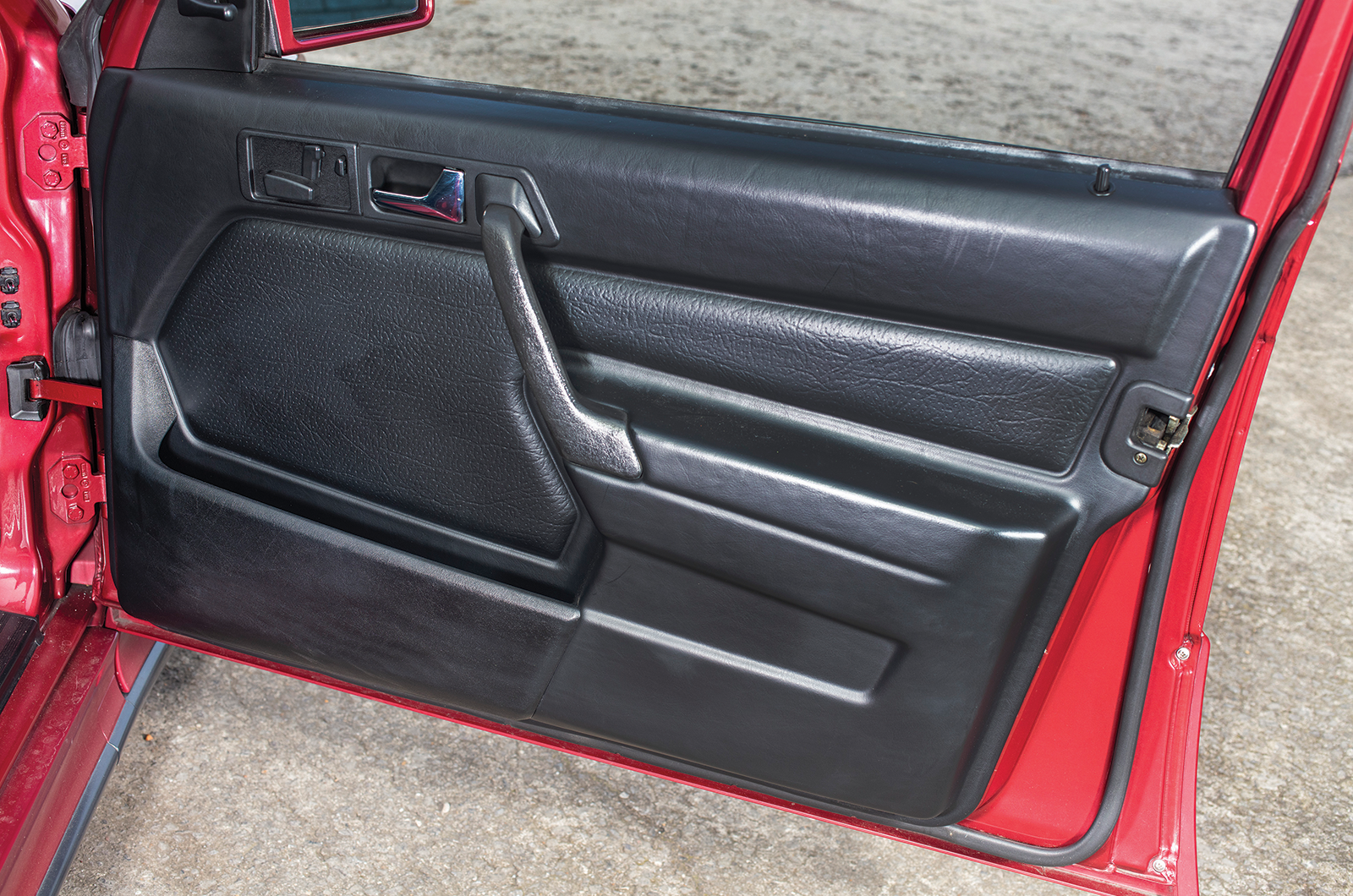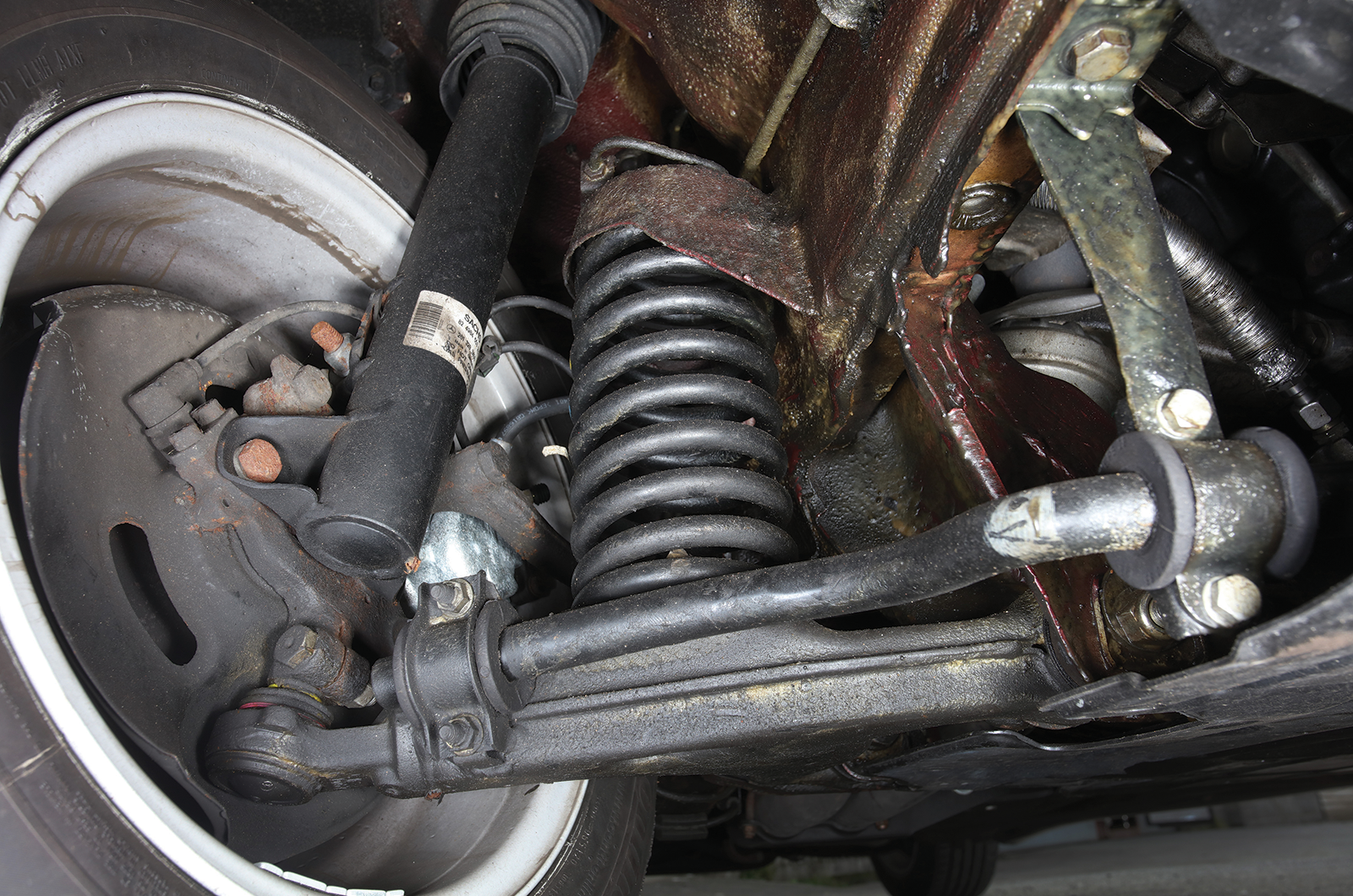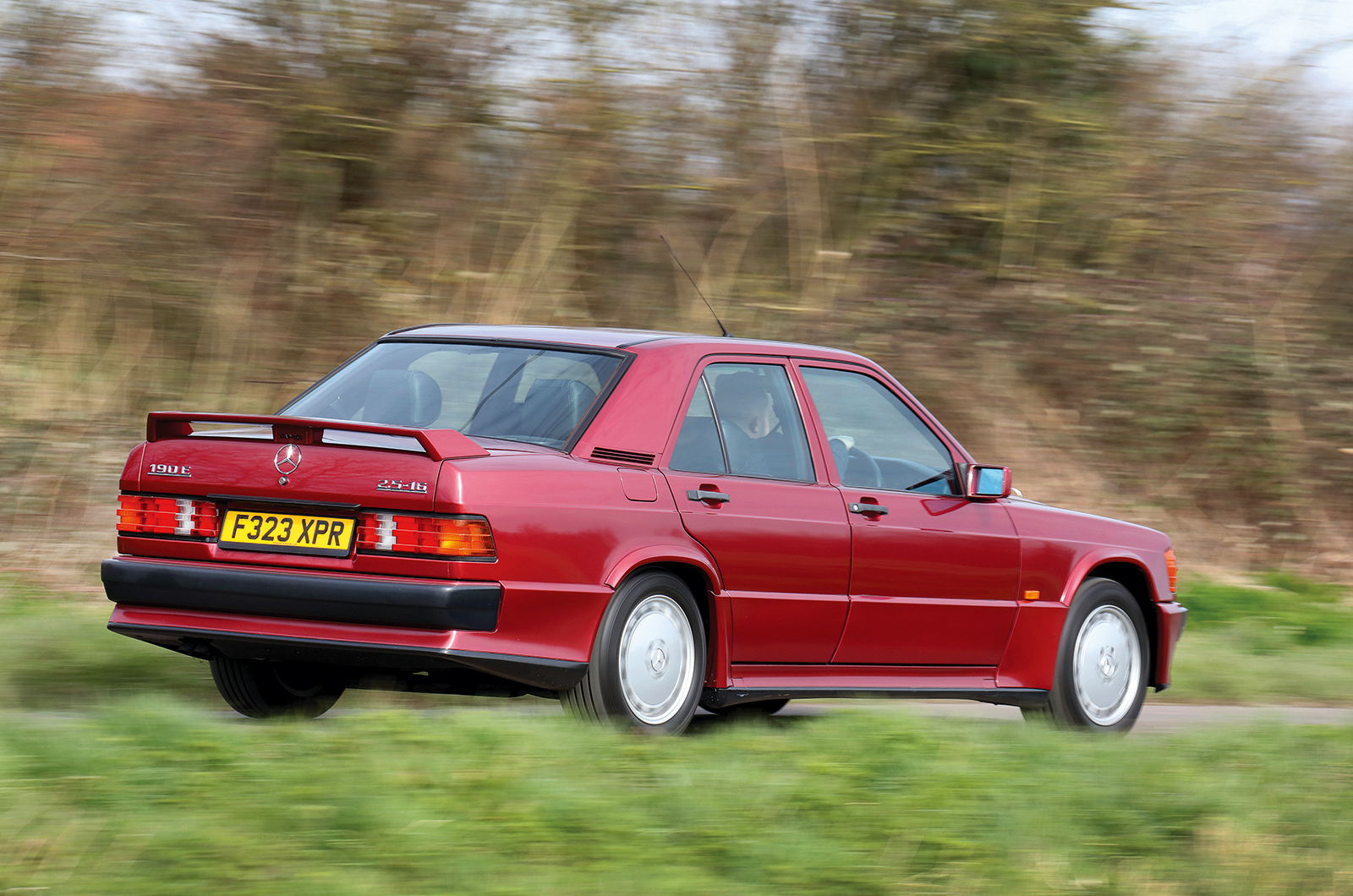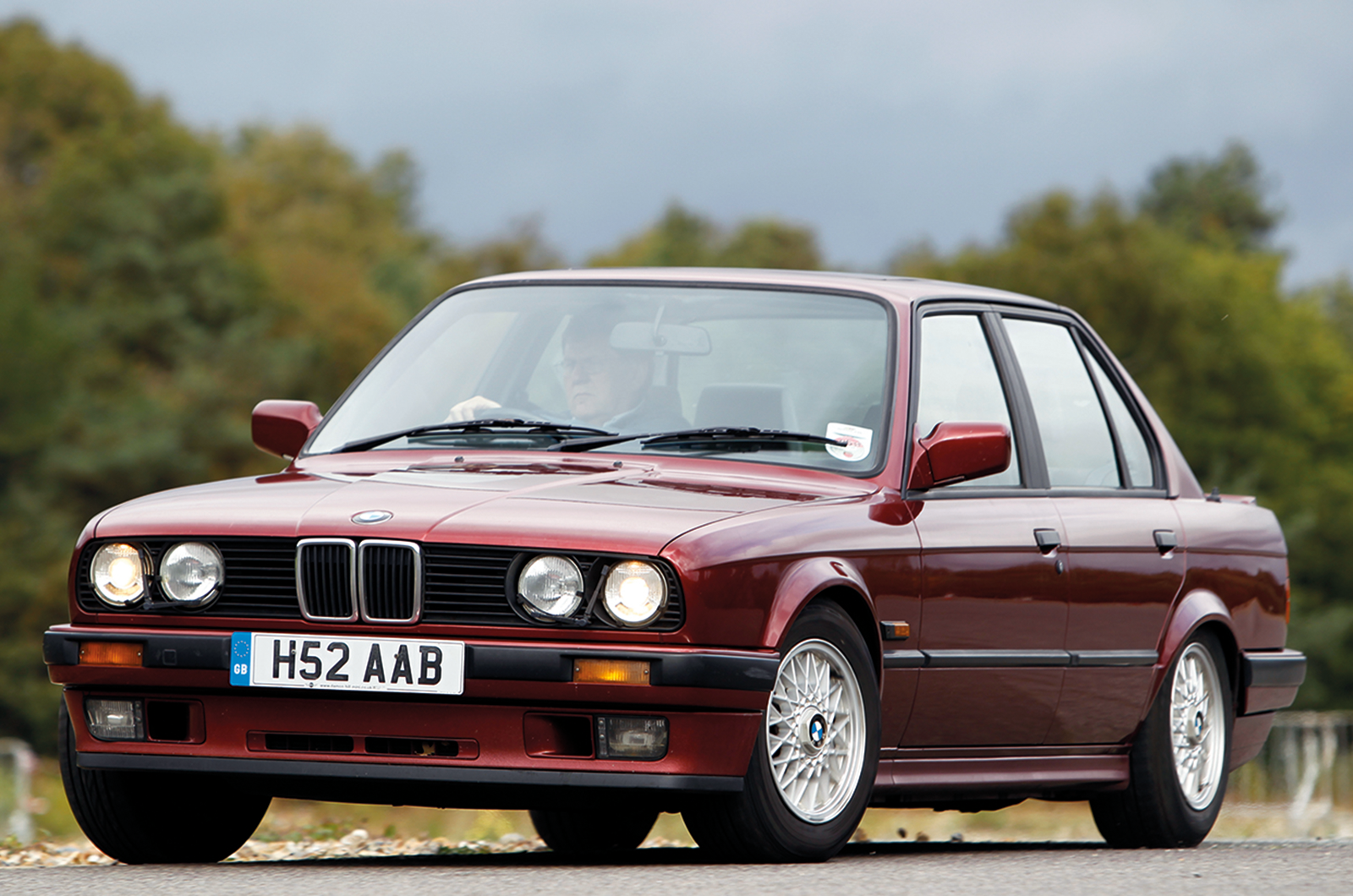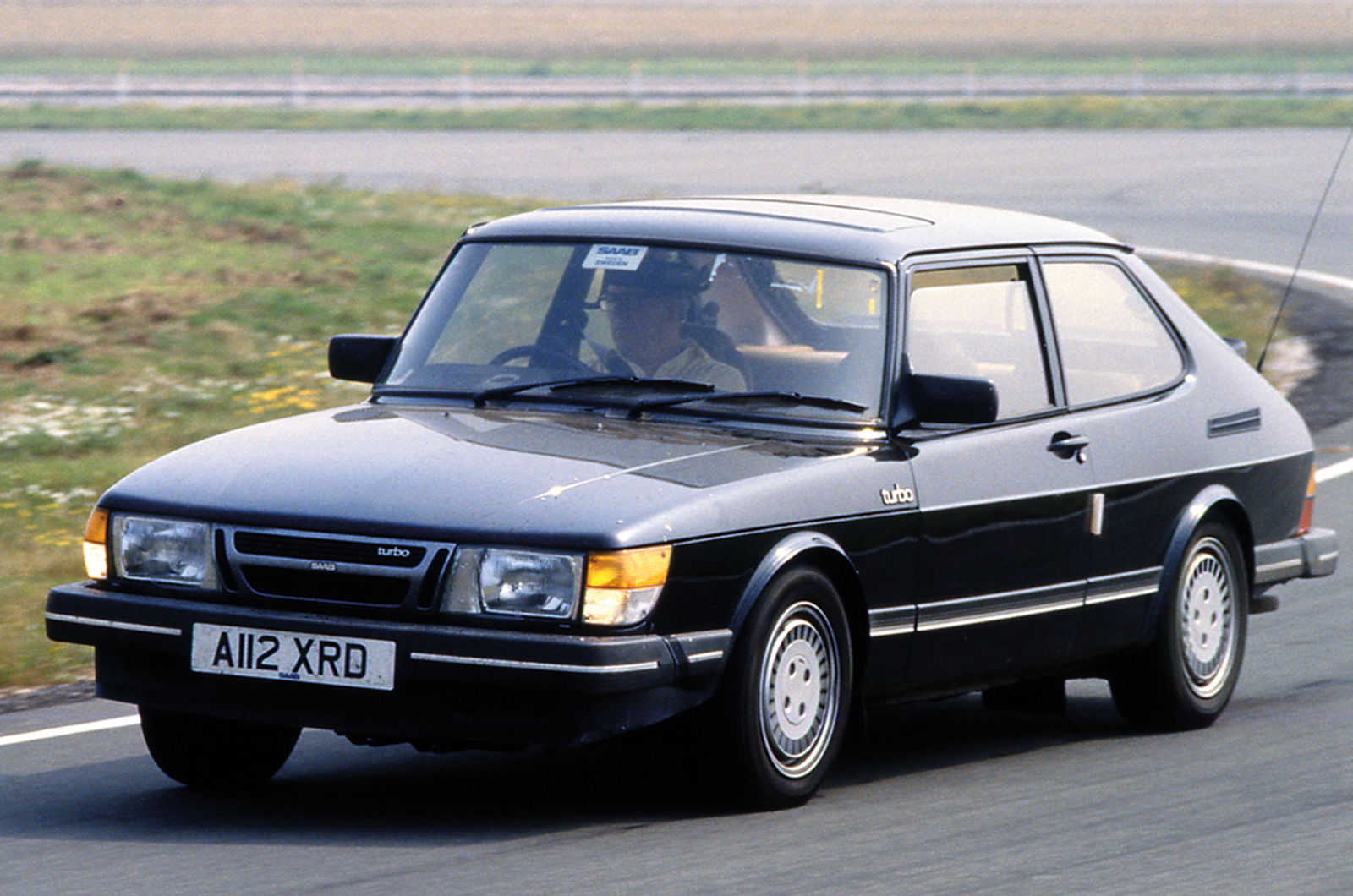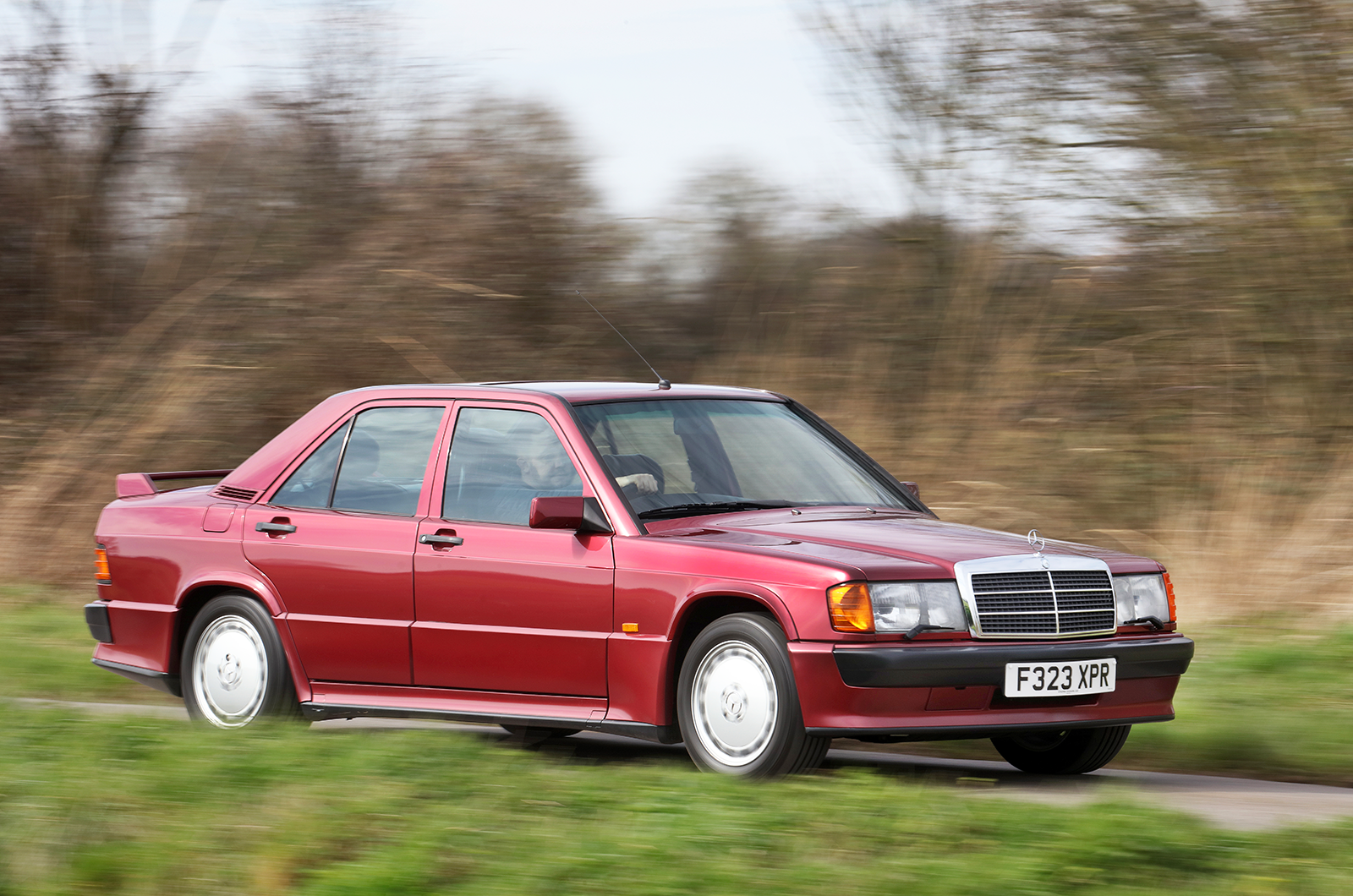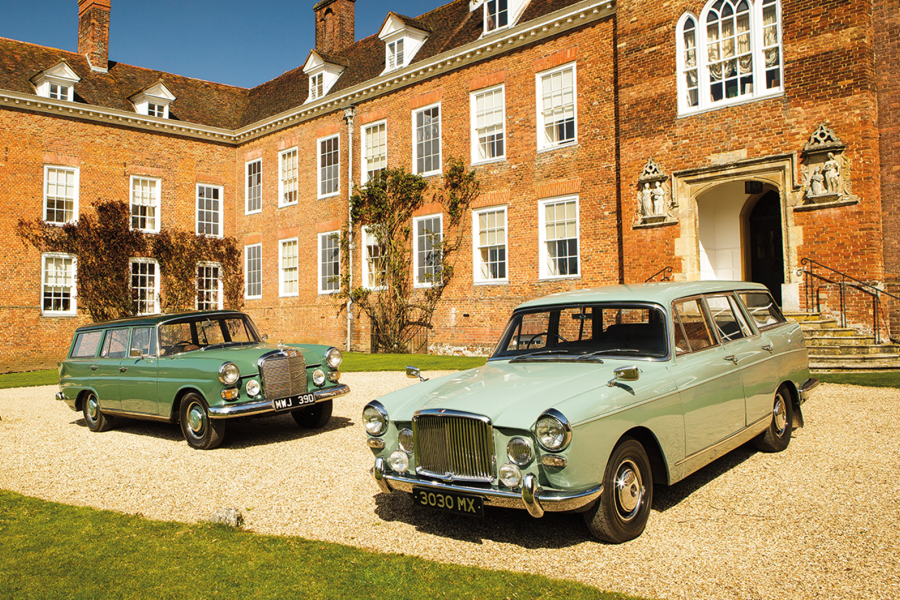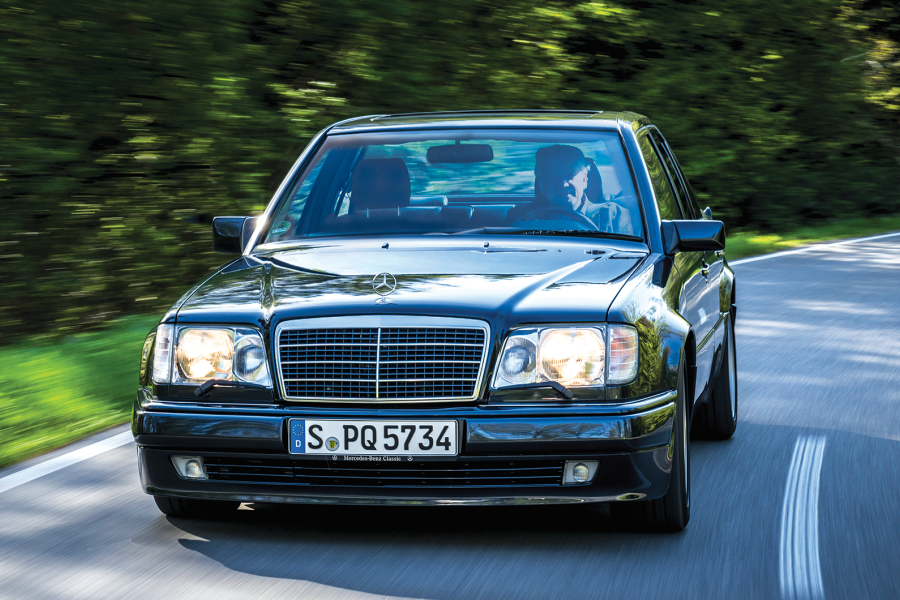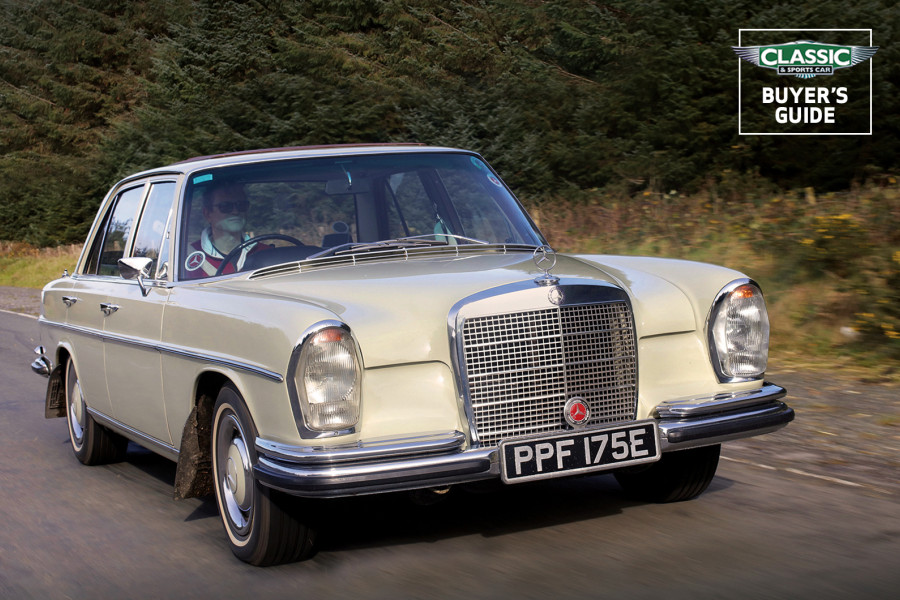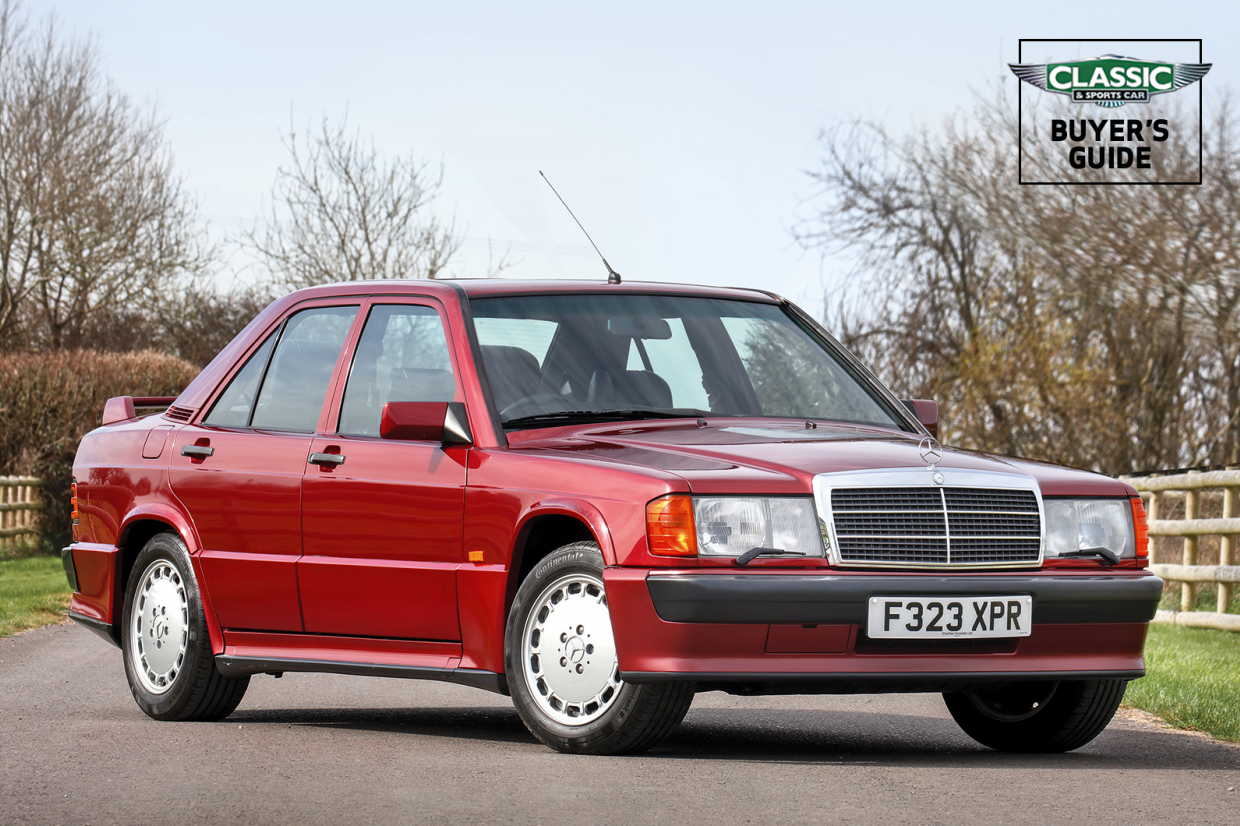
Why you’d want a Mercedes-Benz W201
Responding to the 1980s downturn, the Mercedes-Benz answer to the BMW 3 Series cleverly integrated the look and feel of the W123 into a smaller shell, with almost as much space inside and a low drag coefficient (lower, in fact, than the similarly-sized Ford Sierra).
All-new five-link rear suspension incorporated anti-squat technology, while the front boasted gas-filled struts and anti-dive geometry, giving an excellent ride/handling compromise that trounced the opposition.
Boasting a high level of refinement and noise insulation, the 190 (carb) and 190E (injection) were effective mile-eaters and, being high-geared, could be economical, too. Other innovations included asymmetrical door mirrors.
Impressively light for its size and quality, the 190 didn’t compromise on structural integrity but became prone to rust in old age, as thinner steel in low-stress areas could be penetrated more rapidly – despite strategic zinc-plating and wax-injected box-sections.
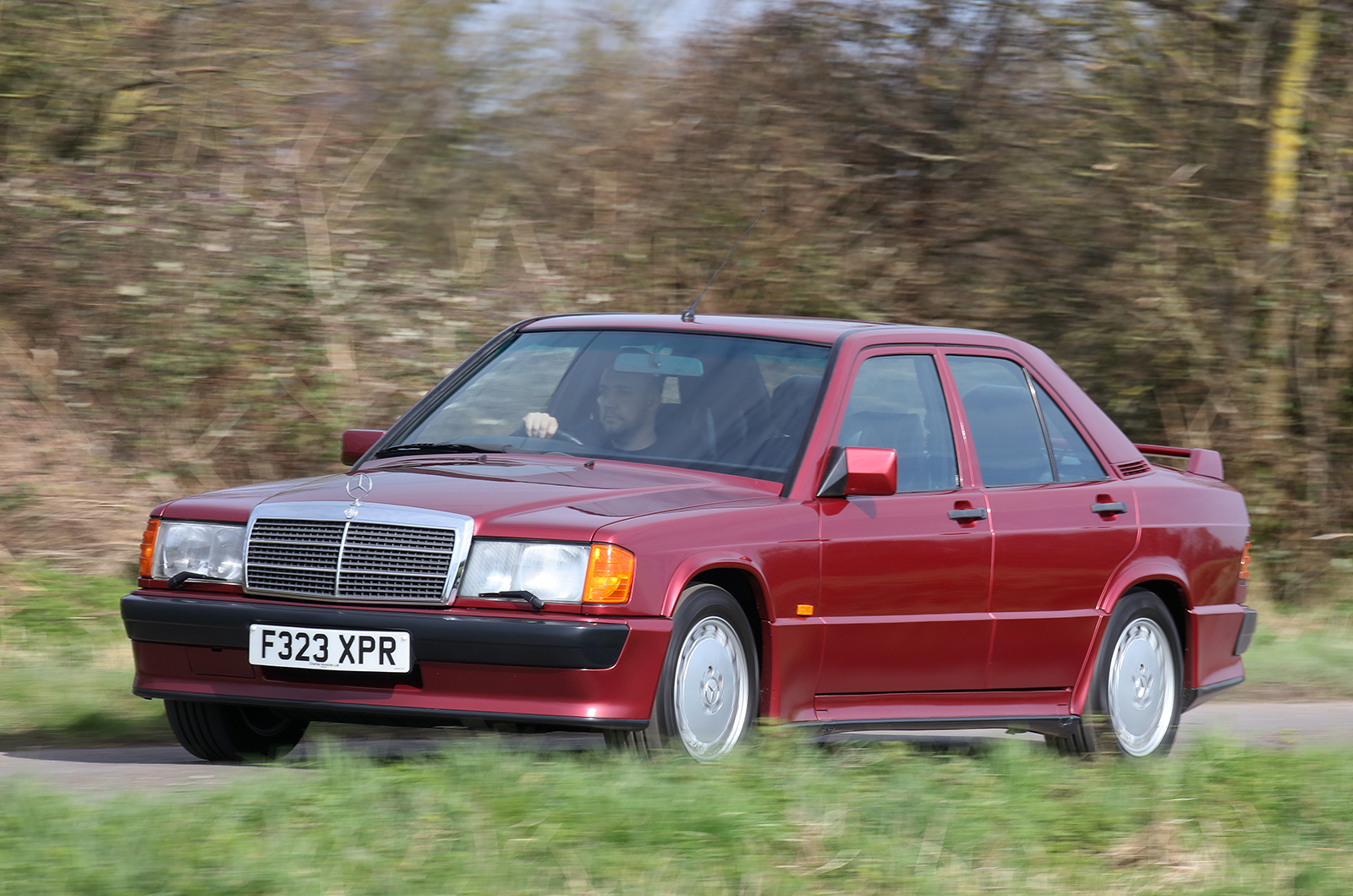
The addition of the homologation-special 2.3-16 marked a sea change for the traditionally conservative Mercedes, which still held back from adding badges to mark the involvement of tuning guru Cosworth.

